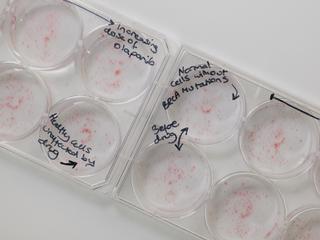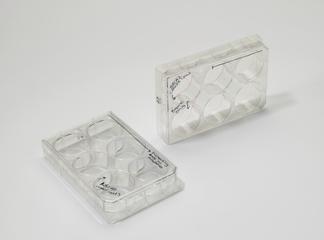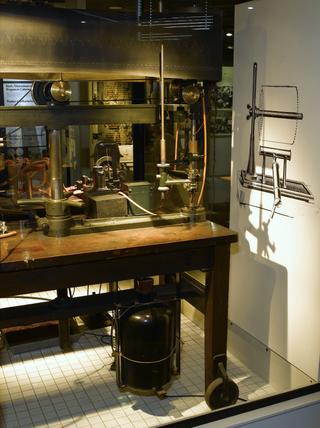
Ludwig-type stromuhr, London, England, 1920-1940






Ludwig's stromuhr, for measuring rate of blood flow, probably by C.F. Palmer, London, 1920-1940
A stromuhr is used in physiological experiments on animals to measure the rate of blood flow through a vessel. One part of the glass chamber is connected to the artery (which carries blood away from the heart) and the other to the vein (which carries blood towards the heart). The time taken for the chamber to fill with blood gives the rate of flow.
This type of stromuhr was invented in 1867 by Karl Ludwig (1816-1895), a German physiologist. Probably made by C F Palmer, a physiological instrument maker based in London, this stromuhr was donated by St Bartholomew’s Hospital, where it was used.
Details
- Category:
- Laboratory Medicine
- Object Number:
- 1981-2136
- Materials:
- stromuhr, glass and stromuhr, brass (nickel plated)
- type:
- stromuhr
- credit:
- St. Bartholomew's Hospital Medical College




